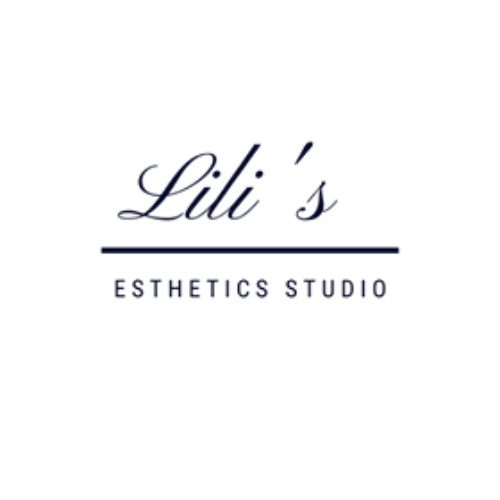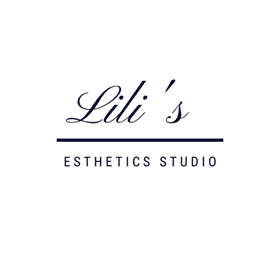What Causes Acne and My Best Tips to Get Rid of It.
Do you have experience breakouts or acne, you know how frustrating this can be. Most of us experience breakouts sometime in our life. Acne is not discriminatory; it can occur in males as well as females and at any age. Most people think that acne is a problem that only happens in young people. However, more and more, we see men and women experience breakouts or acne in their 30s, 40s and even 50s.
What is the difference between acne and pimples?
There are many different acne forms, and pimples are just one type of lesion occurring in acne. A pimple is just a generic term for a skin lesion that can be either an infected pore with pus or a blind pimple similar to a small cyst.
The beginnings of acne usually appear as blocked pores called comedones, and often you will see clogging and congestion and feel bumps on the skin. If left untreated, this can progress to clogged pores that become infected and develop pimples and breakouts. If left untreated, this type of acne, which usually begins on the t-zone, can gradually spread to the rest of the face, neck, chest, shoulders and back.
Cystic acne is a more severe form of acne with large deep, painful cysts that can occur anywhere on the face but are usually found around the jawline and the cheeks. This type of acne can also occur on the neck, chest, shoulders, and back.
What causes acne breakouts?
There are two primary acne types, juvenile oil-related - or sebaceous acne and adult acne or cystic acne.
In juvenile acne, the usual cause is excessive oil production, which becomes trapped in the pores, which leads to clogging congestion and breakouts. Excessive oil production can result from hormones or incorrect product use where the skin has been stripped. Over cleansing or over-exfoliating can lead to the surface being dehydrated, which triggers more oil production.
In adult acne, deep-seated inflammation causes blind pimples and cysts. This acne is usually triggered by hormones, stress or food intolerances such as dairy and gluten. Everybody is different, and the trigger for the acne or a combination of the above may differ (for each person). Dairy products are well-known to cause acne, so this should be investigated. For many people, wheat and gluten can also be problematic. But in most cases, it is the hormones of stress that trigger acne.
What is the best treatment for acne?
Treating acne needs a very personalized individual approach. Every person is different, and the acne triggers will be different for each person. First, we need to identify and eliminate the triggers before we can treat the skin. With the technology we have today, we can effectively manage the skin; however, the acne will come back if the causes are not addressed.
In Juvenile acne, the best treatments are skin treatments that address excessive oil flow, the clogged pores and hydration. Bringing the skin back to balance is vital for long-term skin health. Deep cleansing facial treatments are beneficial, as well as microdermabrasion and skin peels. LED photo rejuvenation is fantastic for targeting the bacteria that cause breakouts and promoting healing in the skin.
Four adult or cystic acne, LED photo rejuvenation, and peels are usually the best approaches to treating the skin. This skin type is more sensitive to more significant inflammation in the deeper tissues, so the first point of call is to calm the skin and help reduce inflammation. Treatments that promote skin healing, such as LED, will best support the skin.
Once the acne is under control and the skin is clear, if there is any residual post-acne scarring, the best treatment for scarring is skin needling. Depending on the scarring depth, a treatment program with a combination of peels, LED, and skin needling may need skin needling
Acne can be a complicated problem and needs an individualized approach to get the best results. Professional treatments will help clear and get rid of acne; however, home care is an essential part of the treatment program.
A home-care care regime includes products that help balance the skin, treat the infection, reduce inflammation and promote the skin's healing. Before undertaking any professional treatments, a good skin care routine needs to follow first. What you do every day will make a massive difference in getting a good result.

